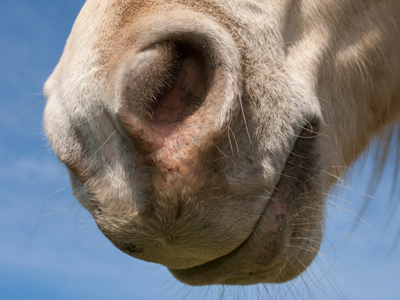

Solids, Liquids and Gases 2
This Science quiz is called 'Solids, Liquids and Gases 2' and it has been written by teachers to help you if you are studying the subject at middle school. Playing educational quizzes is a fabulous way to learn if you are in the 6th, 7th or 8th grade - aged 11 to 14.
It costs only $19.50 per month to play this quiz and over 3,500 others that help you with your school work. You can subscribe on the page at Join Us
The three states of matter are solid, liquid and gas. Each of these behaves in a different way. For example, it is not possible to cut a gas or to pour a solid. Matter can change state, moving from gas to liquid or liquid to solid - and vise versa. This is because the particles in gasses have more energy than those in liquids and so can move aroud much more. The particles in liquids have less energy than those in gasses but more than those in gasses and so move less than in gasses but more than in solids. The particles in solids barely move at all. We can give energy to the particles by heating them up. That's how ice melts into water and water evaporates into steam.
Ready for more?
not all...
quizzers. Try to win a coveted spot on our Hall of Fame Page.






